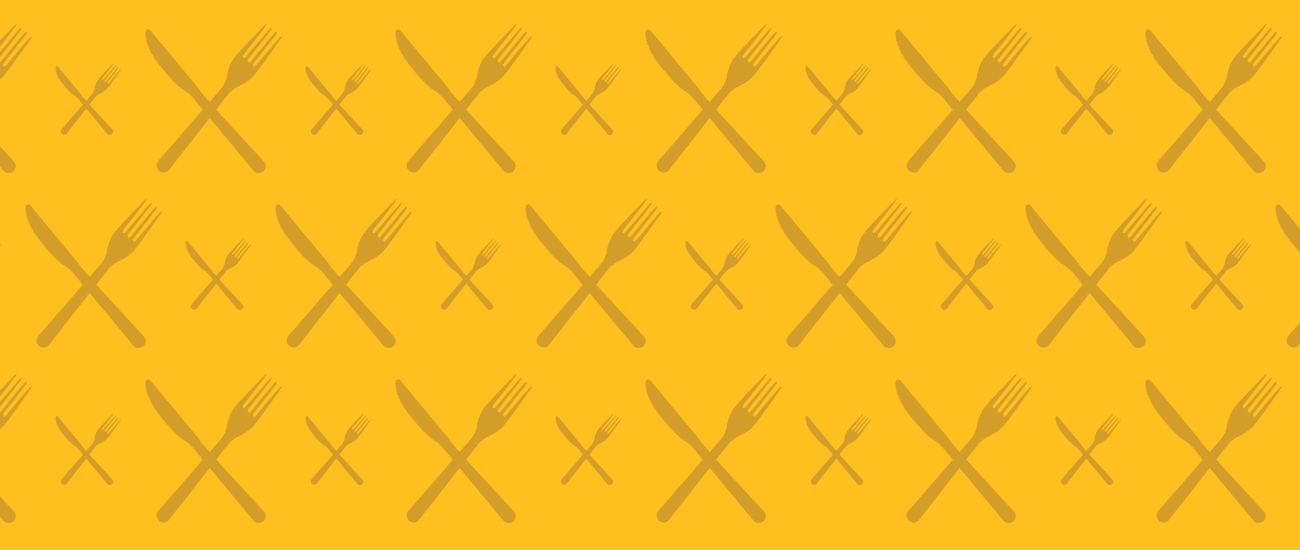 In response to dramatic overfishing of bluefin tuna in the Mediterranean, a number of major European retailers took matters into their own hands and declared a boycott on selling the endangered fish, WWF said in a press release.
In response to dramatic overfishing of bluefin tuna in the Mediterranean, a number of major European retailers took matters into their own hands and declared a boycott on selling the endangered fish, WWF said in a press release.
France's Auchan group, with a nearly 14 percent share of the retail fish trade, declared its boycott on December 28, noting that scientists had advised a 15,000 metric ton ceiling on annual catches, while the international tuna management body was allowing a 2008 quota of 29,500 tons.
Carrefour in Italy, Coop in both Italy and Switzerland, and ICA in Norway also stopped selling Mediterranean bluefin tuna.
"This year we have seen it all - fishing during the closed season, use of illegal spotting planes, massive over-quota catches, an international web of fraud to conceal the catches, fish laundering – the stock does not stand a chance under this onslaught and the failure of ICCAT contracting parties to implement the adopted management plan renders it devoid of content and of any meaningful conservation impact. The situation could not be more serious," said Marine Conservationist Sergi Tudela of WWF.
“It is the most scandalous case of fisheries mismanagement currently happening in the world and certainly one of the worst I have ever witnessed."
So will American chefs stand up as well and stop serving an endangered species?






 , which documented the practices that led to the collapse of cod stocks in the North Sea and which also spent many pages on the free-for-all underway in Africa. (I
, which documented the practices that led to the collapse of cod stocks in the North Sea and which also spent many pages on the free-for-all underway in Africa. (I 

